Vintage Candlewick small dish / candle holder: 1,250 ppm Lead (90 ppm & up is not safe for kids but this amount is not a concerning amount if used only as a candle holder.)
Picture with business card to show size:
Introduction:
Tamara Rubin is a Federal award winning independent advocate for consumer goods safety and childhood Lead poisoning prevention. She is also a mother of Lead-poisoned children. She began testing consumer goods for toxicants in 2009, and was the parent-advocate responsible for finding Lead in the popular fidget spinner toys in 2017. She uses XRF testing (a scientific method used by the Consumer Product Safety Commission) to test consumer goods for metallic toxicants (including Lead, Cadmium, Mercury and Arsenic). To read more about the testing methodology employed for the test results reported on this blog, please click this link.
These posts today are placeholders JUST with the XRF data for the item pictured. They will be updated with more details a.s.a.p. All readings are done multiple times to confirm the results for each component before sharing one full set of the readings for the item pictured.
Small Glass Dish / Candleholder
60-second test
- Lead (Pb): 1,250 +/- 20 ppm
- Cadmium (Cd): non-detect
- Mercury (Hg): non-detect
- Bromium (Br): non-detect
- Chromium (Cr): 312 +/- 106 ppm
- Iron (Fe): 252 +/- 40 ppm
- Zinc (Zn): 99 +/- 7 ppm
- Barium (Ba): 1,606 +/- 23 ppm
- no other metals detected
Some additional reading that may be of interest:
- A link discussing the testing methodology used here on this website.
- A menu with buttons to lots of different categories of information that can be found here on this website.
- A link to my documentary feature film on childhood Lead poisoning.
- The short video that shows you how to search this site.
- Things you can test at home with a LeadCheck swab
- Things you really cannot test at home (better tested with XRF technology)
As always, please let me know if you have any questions. Thank you for reading and thank you for sharing my posts.
Tamara Rubin
#LeadSafeMama
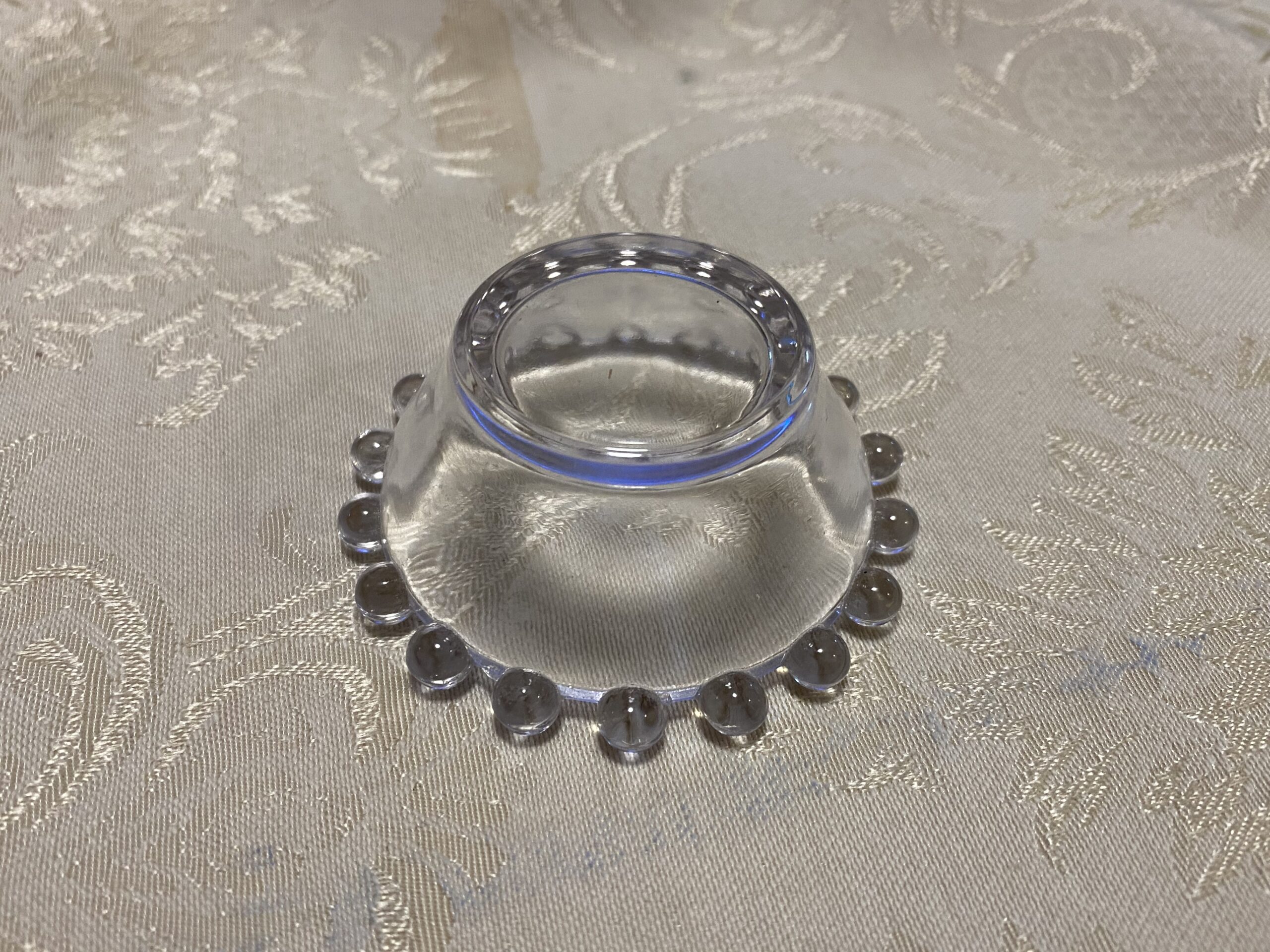
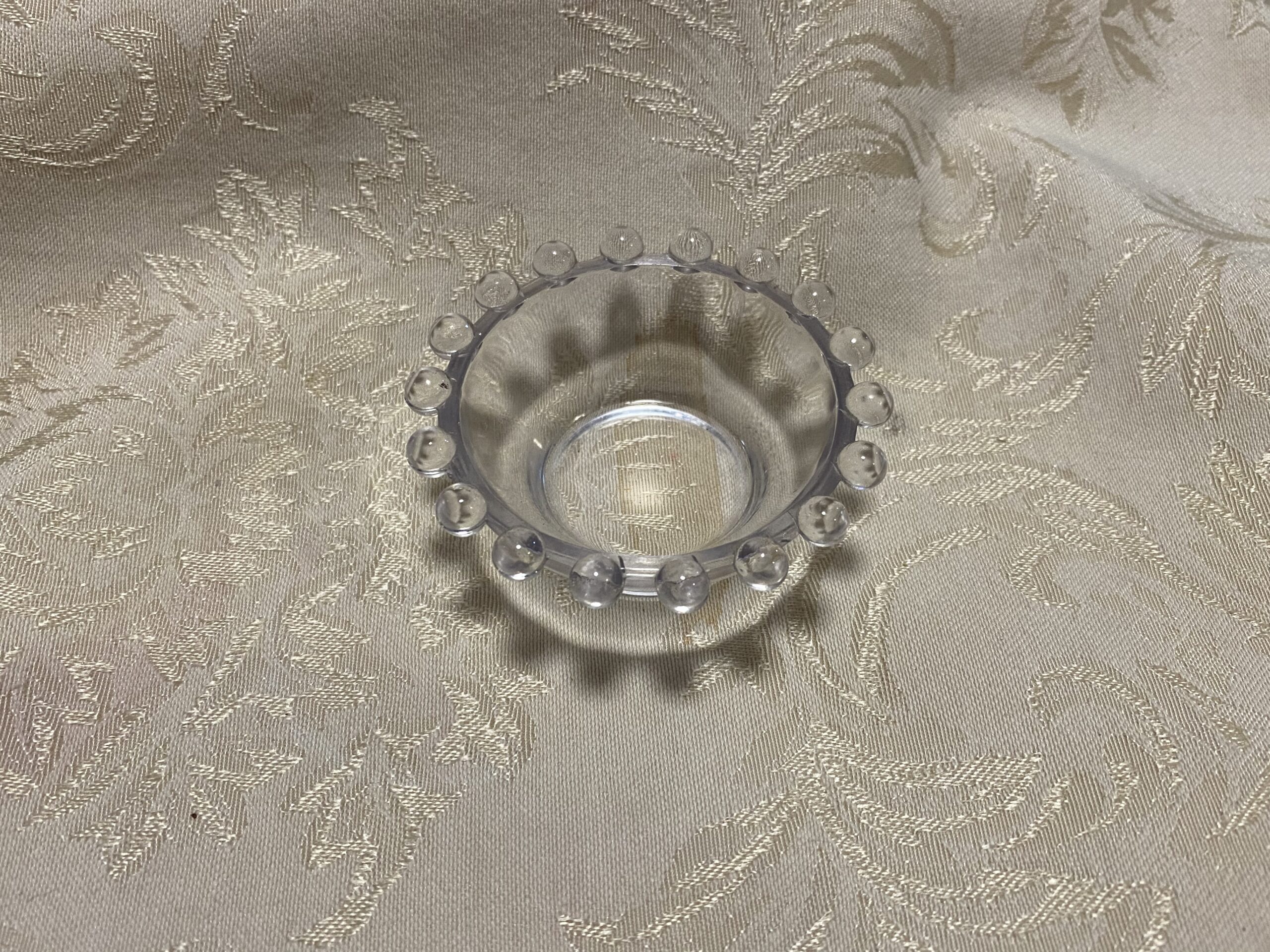
Never Miss an Important Article Again!
Join our Email List


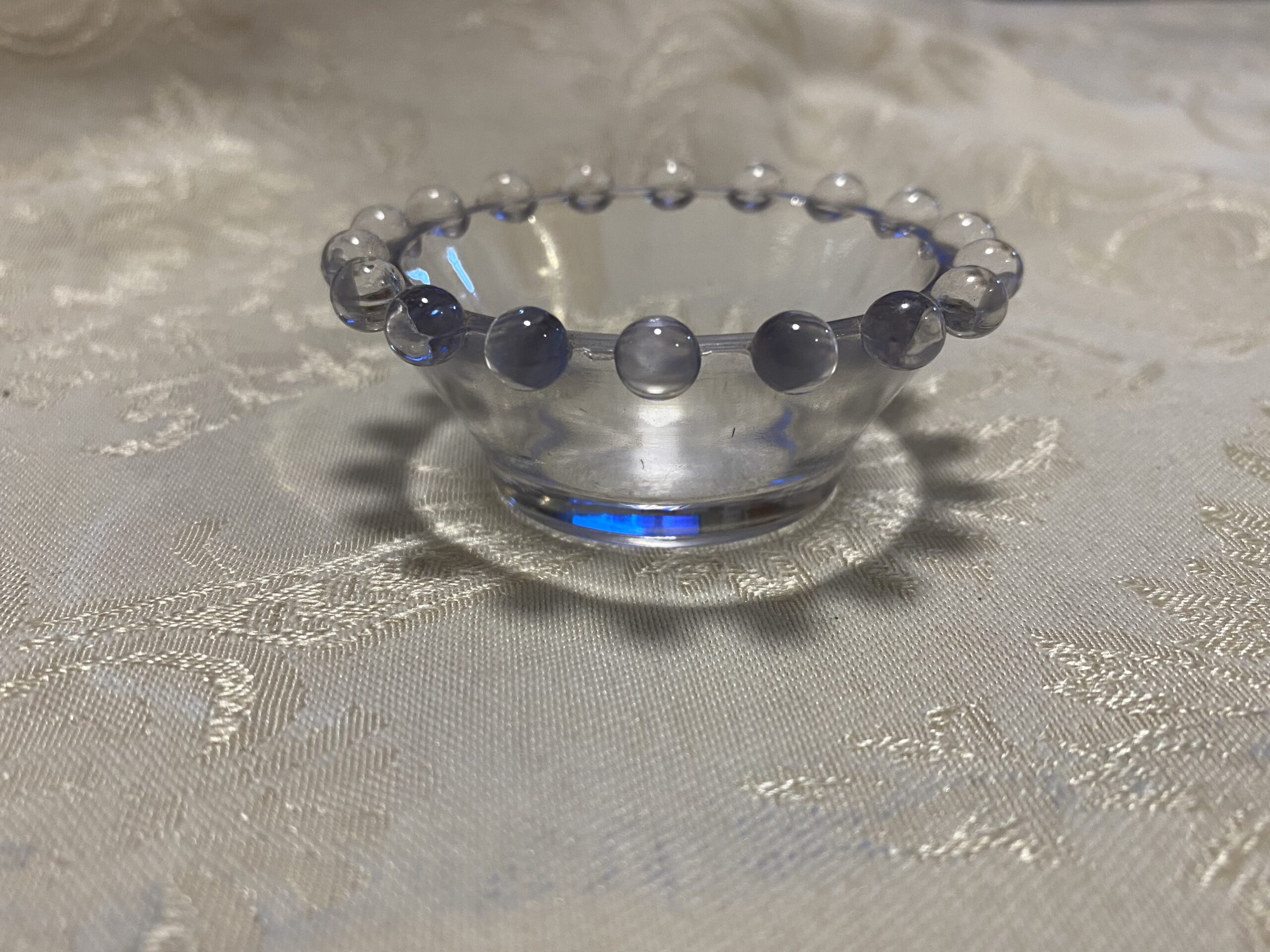
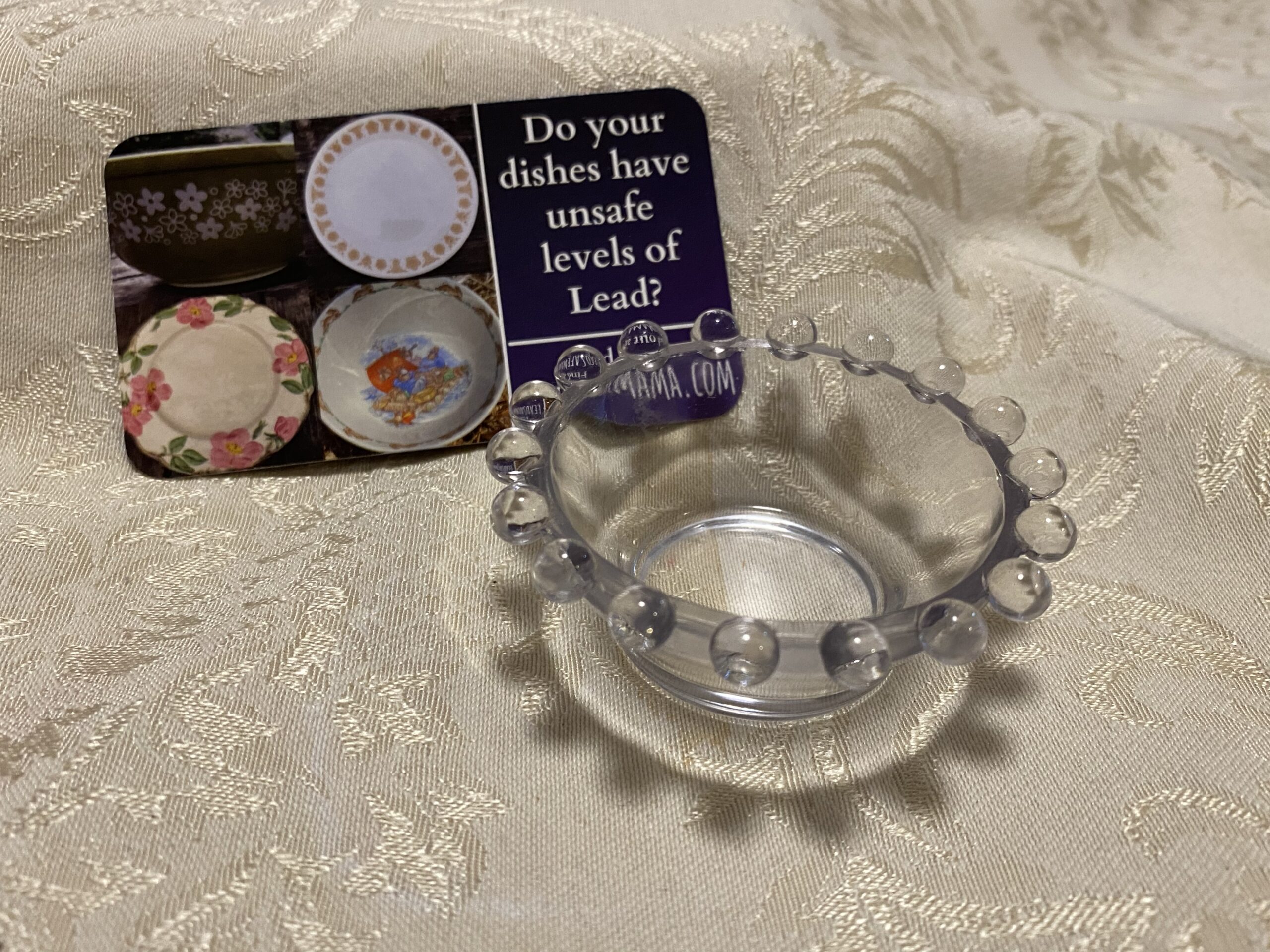
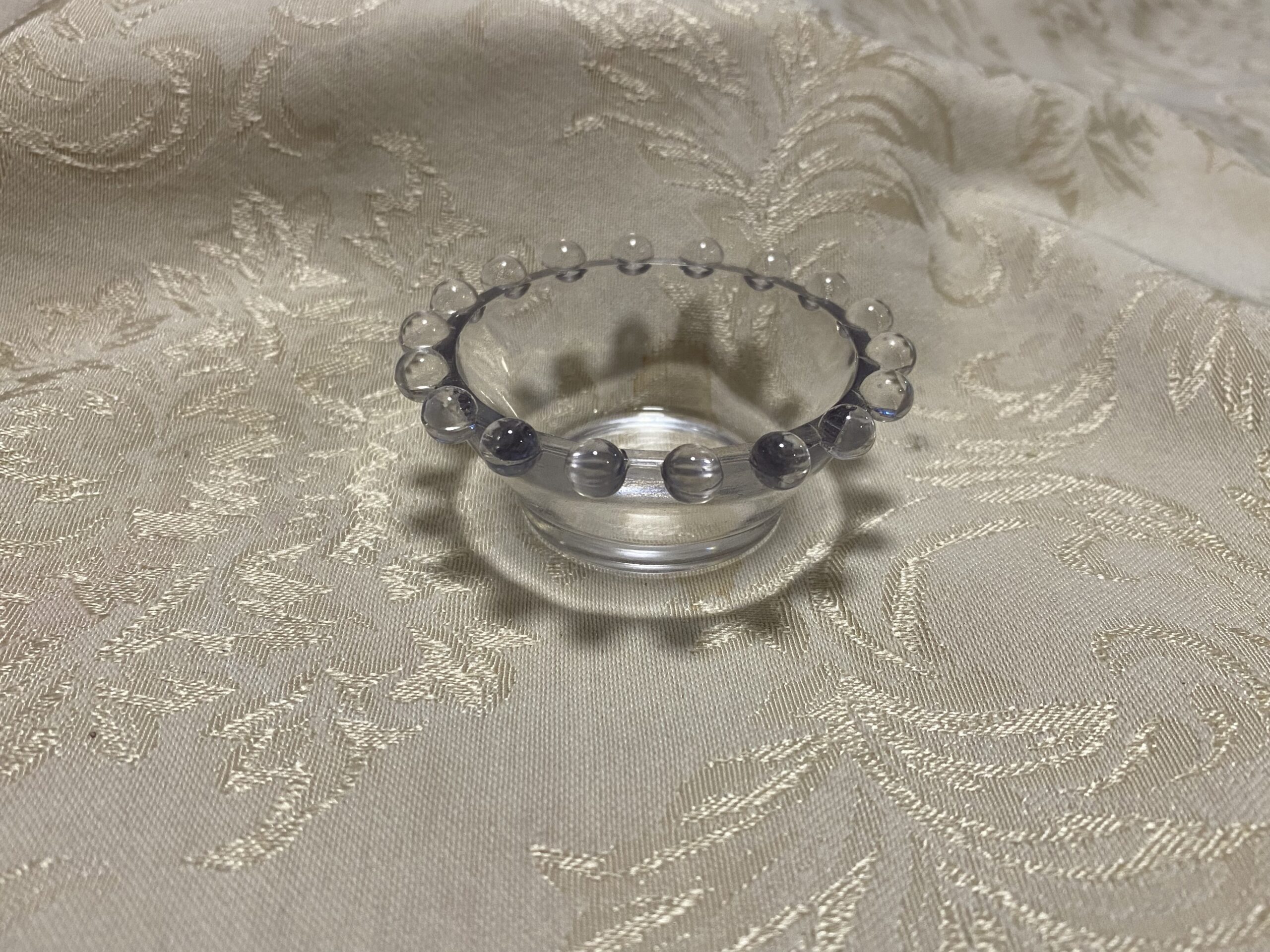

Thank you for sharing your knowledge. The item pictured here is actually a salt dish. They were used at fancy dinners, one at each place setting. There would be a tiny spoon with each salt dish.
Very happy I stumbled upon this info regarding the lead content of Imperial Candlewick glassware. I had planned on purchasing Candlewick juice and iced tea glasses until I read this article. Imperial Candlewick glassware was produced from 1936-1984 and has various trademarks for the various timeframes. I read that the FDA did not have standards set for lead levels with tableware such as ceramics until 1971. I am wondering if you know whether the lead levels with Candlewick glassware would be lower or eliminated after 1971 when the FDA began to set standards? Thank you for the valuable work that you do!
I would be very interested in testing results for candlewick glasses, plates and bowls since I use it for special occasions. It is clear glass but now I’m concerned after the testing of the candlewick candle holder. Would love your thoughts. Thank you for all you do. I am now referencing your website trying to replace my kitchen items and sharing your articles on my Facebook.